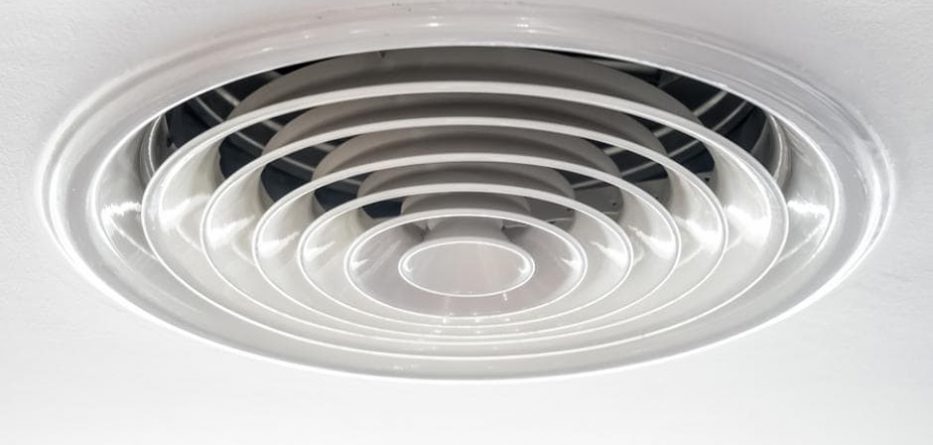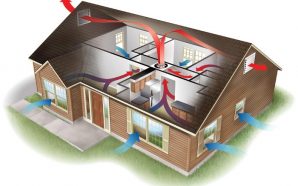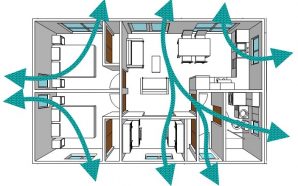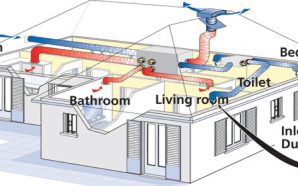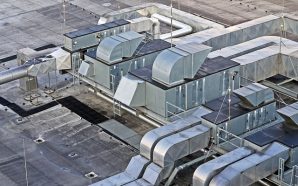The Importance of Ventilation in Your Home
If we sealed our home completely, we should only get fresh air inside when we opened a door or window. We need ventilation to exhaust unwanted smells, water vapor, and pollution, and replace them with fresh air, but we also need to control ventilation so that we can turn it on and off as we need it, and direct it where it is necessary. In this way, we can prevent the waste of heat in the way that water is wasted through dripping taps. We then only lose the heat in the air allowed to escape for ventilation purposes.
The Importance of Hiring a Ventilation Expert
Your home may be experiencing mold and a stale smell due to damp under the floor. It could be that you have poor drainage around your house. This causes water to pool against the wall whenever it rains. With time the water will find its way to your underfloor making it moist. It could also be that there is a pipe that is leaking in your underfloor which needs to be fixed by a plumber. The problem could also be due to poor ventilation.
It is therefore important to contact a sub-floor ventilation expert who will assess your underfloor and determine the reason for the dampness. He will then recommend a solution that will effectively keep your underfloor dry.
What Does A Ventilation Expert Do?
When you contact a ventilation expert, he will check your underfloor and confirm that the cause of your damp underfloor is poor aeration. There are many factors that contribute to poor aeration of your underfloor. It could be that you are living in a home that was built many years ago and the ground has shifted over the years. This will cause the placement of the vents to be altered which then affects ventilation.
Your underfloor could also have been built with insufficient vents or vents that are too small. You may also have carried out some landscaping which ended up blocking the vents that are meant for ventilation.
Conventional wisdom has established that an average-sized room requires at least one air change per hour when occupied. However, this varies and is dependent on such factors like the number of occupants and the number and nature of the sources of pollution. Traditionally, ventilation was achieved with the use of air bricks and infiltration; however, as our energy-conserving becomes more sophisticated, we need to develop a correspondingly more sophisticated ventilation strategy. Before listing the possible measures in a strategy, we shall look at ventilation for combustion and heat exchangers.
Heat Recovery Ventilator
A heat recovery ventilator (HRV) is an efficient home ventilation system that captures the heat from the outgoing stale air to heat up the incoming fresh cold air. Bringing in the fresh air and another fan that gets rid of the stale air an HRV is made up of a fan. The exchange of heat from the stale air to the clean air takes place in the core of the system.
The stale and fresh air passes through this route in the core where the transfer of heat takes place. However, during the heat transfer, the stale and fresh air does not mix at any point. Making it an efficient ventilation method an HRV is able to retain about eighty-five percent of the heat from the outgoing stale air. Allowing you to enjoy the cool clean air during the warm summer days, the HRV can take the heat from the incoming air and transfer it to the stale outgoing air.




